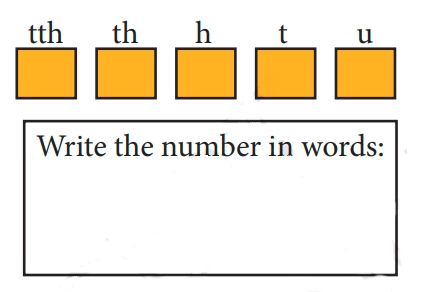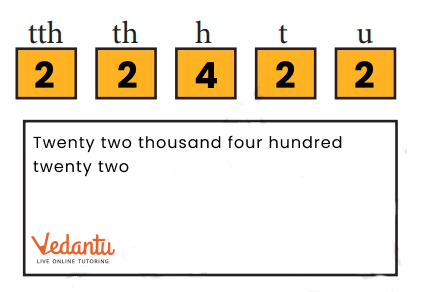Class 6 Maths Chapter 3 Questions and Answers - Free PDF Download
FAQs on NCERT Solutions For Class 6 Maths Chapter 3 Number Play Exercise 3.5 - 2025-26
1. What is the focus of Exercise 3.5 in Chapter 3 of Class 6 Maths?
Exercise 3.5 focuses on number patterns, specifically palindromic numbers, and understanding how these patterns work.
2. How can NCERT Solutions help with Exercise 3.5?
NCERT Solutions provide step-by-step explanations and solutions to help students understand and solve problems related to number patterns and sequences.
3. Are the solutions for Exercise 3.5 aligned with the latest CBSE syllabus?
Yes, the solutions are aligned with the latest CBSE syllabus for Class 6 Maths, ensuring they cover all relevant topics.
4. Can these solutions help in preparing for exams?
Yes, practising these solutions can help students get familiar with the types of problems they might encounter in exams and improve their problem-solving skills.
5. Is there a free PDF available for the NCERT Solutions for this exercise?
Yes, the solutions are available as a free PDF download, which can be accessed easily for study and revision.
6. How can I use the solutions to better understand palindromic numbers?
The solutions include clear explanations and examples of palindromic numbers, helping students understand how these numbers read the same forwards and backwards.
7. Are there any practice problems included in the solutions?
Yes, the solutions provide practice problems along with their answers to help reinforce understanding and application of the concepts.
8. How can I access the NCERT Solutions for Exercise 3.5?
The solutions can be accessed online through educational websites that offer NCERT materials or downloaded as a free PDF from these sites.
9. Do the solutions cover all questions from Exercise 3.5?
Yes, the NCERT Solutions cover all questions from Exercise 3.5, providing detailed answers and explanations for each one.
10. How can I improve my understanding of number patterns using these solutions?
By studying the solutions, practising the problems, and reviewing the explanations, students can develop a better grasp of number patterns and improve their overall understanding.





















